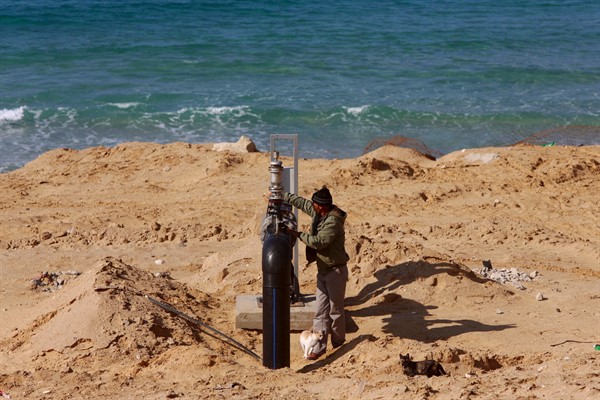Water, an essential resource to sustain human life, not to mention agriculture and many other economic activities, has long been in short supply across the Middle East—the driest region in the world. But now, population growth, rapid urbanization, economic development and climate change are putting new pressure on the water supply. In light of these trends, Middle Eastern nations are looking to new technologies and regional partnerships that might help them adapt to a new era of severe water scarcity.
According to the World Bank, the Middle East and North Africa region is experiencing population growth at a rate of roughly 1.7 percent annually—considerably higher than the global average of just over 1 percent. At the same time, desertification and severe droughts have destroyed land that was previously available for agricultural use. In one extreme example, Saudi Arabia’s southwestern Jazan province lost about 46 percent of its vegetation cover from 1987 to 2002, according to the Intergovernmental Panel on Climate Change.
The consequences of these trends are not limited to economic development and food security, as water scarcity is a demonstrated cause of social instability, both within and between nations. In Iraq, mismanagement of the country’s water infrastructure is fueling communal tensions over water allocations, occasionally sparking deadly clashes. And across the Middle East, transnational disputes over water supplies are common, especially between Israel and its neighbors.

